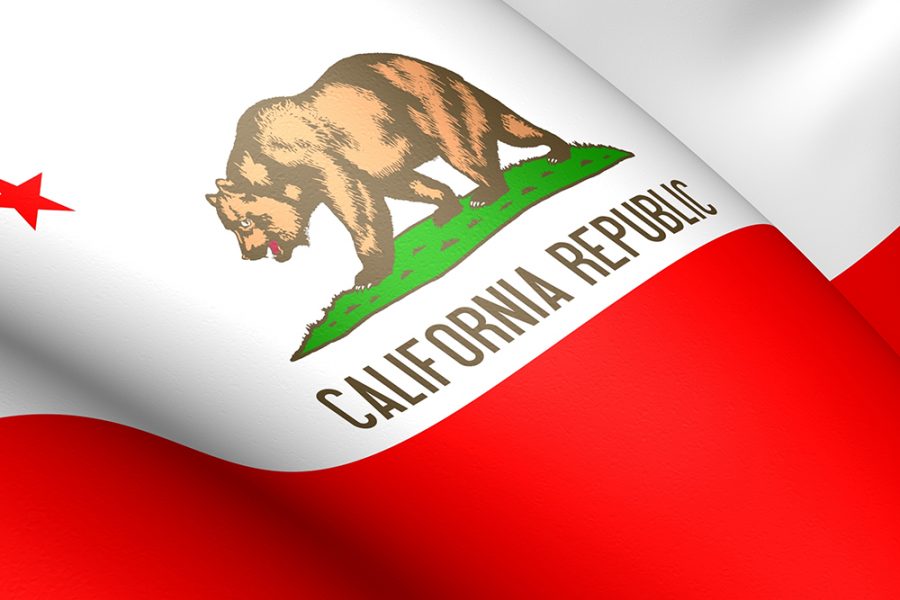When I last wrote about California’s state budget picture, Gov. Newsom was warning in his September veto messages about the state facing lower-than-expected tax revenues in the first months of the new fiscal year, and urging lawmakers to “remain discipline when it comes to spending.”
With ongoing inflation and economic problems, the state’s budget problem is growing worse by the day. The Department of Finance’s most recent Finance Bulletin, released in October, pegged the current deficit at $6.967 billion through September.
Personal income tax cash receipts in September came in 22.9 percent lower than projected for the month, while estimated tax payments for the month were 42.3 percent lower. The Department notes that “September is a significant month of personal income tax receipts as many taxpayers pay their third quarter estimated payments.”
While the Governor’s budget won’t be released until January 10, we get a sneak preview of the budget debate every November when the nonpartisan Legislative Analyst’s office releases their annual fiscal outlook for the year ahead. This year’s outlook, which was released on Wednesday, is pretty dire.
According to the LAO report, the state faces a $25 billion budget shortfall in the 2023-24 fiscal year, which is primarily the result of lower revenue estimates than projected in the 2022-23 state budget. Over the three year budget period (2021-22 through 2023-24), the LAO estimates $41 billion in lower revenue than projected in the enacted state budget. If the state enters a recession, which many economists believe is nearly upon us, the LAO says “revenues could be $30 billion to $50 billion below” their current estimates. The LAO also forecasts multi-billion-dollar deficits each year through the 2026-27 fiscal year.
Rising inflation makes the state’s budget problem even worse. The LAO estimates that the Legislature can meet the requirements of the voter-approved Proposition 98 minimum funding guarantee for education and provide an 8.38 percent cost-of-living adjustment. However, inflation adjustment isn’t built into the rest of the budget. As a result the LAO notes that, “our estimate of a $25 billion budget problem understates the actual budget problem in inflation-adjusted terms.”
In one bit of good news, the state has amassed a significant rainy day fund reserve in recent year. The rainy day fund reserve, which became law in 2014 thanks to the efforts of then-Assembly Republican Leader Connie Conway, has required the state to save money in good times to blunt the impact of a massive budget shortfall like the state is facing this year. But the amount saved in the reserve – about $22 billion – is roughly the same as the state’s current shortfall.
Now that incoming lawmakers and the Governor have received the bad news, it’s up to them to figure out how to respond. You can expect Newsom will propose a January budget that sounds fiscally conservative – suspending new programs, making cuts where they won’t conflict with liberal priorities, and focusing on addressing the state’s unfunded obligations, and cautioning lawmakers to focus on one-time spending.
What is unclear is how the Legislature will respond. Keep in mind that one-third of the Legislature is newly elected, and the new Democratic members are generally more liberal than the members they are replacing by any objective measure.
How will they respond if Newsom wants to suspend or repeal some of the new ongoing spending they have enacted in recent years? The LAO notes that recently enacted ongoing spending will grow to $12 billion in new annual spending by the 2025-26 budget year and is a prime target for being suspended or cut.
Signaling a potential budget fight with Newsom, Senate President Pro Tem Toni Atkins, D-San Diego, said in a statement that, “we are prepared to hold onto the gains we’ve made and continue where we left off once our economy and revenues rebound.”
Consider that the opening salvo in what will surely be one of the most challenging budget debates in Sacramento in more than a decade.
Tim Anaya is the Pacific Research Institute’s senior director of communications and the Sacramento office.


